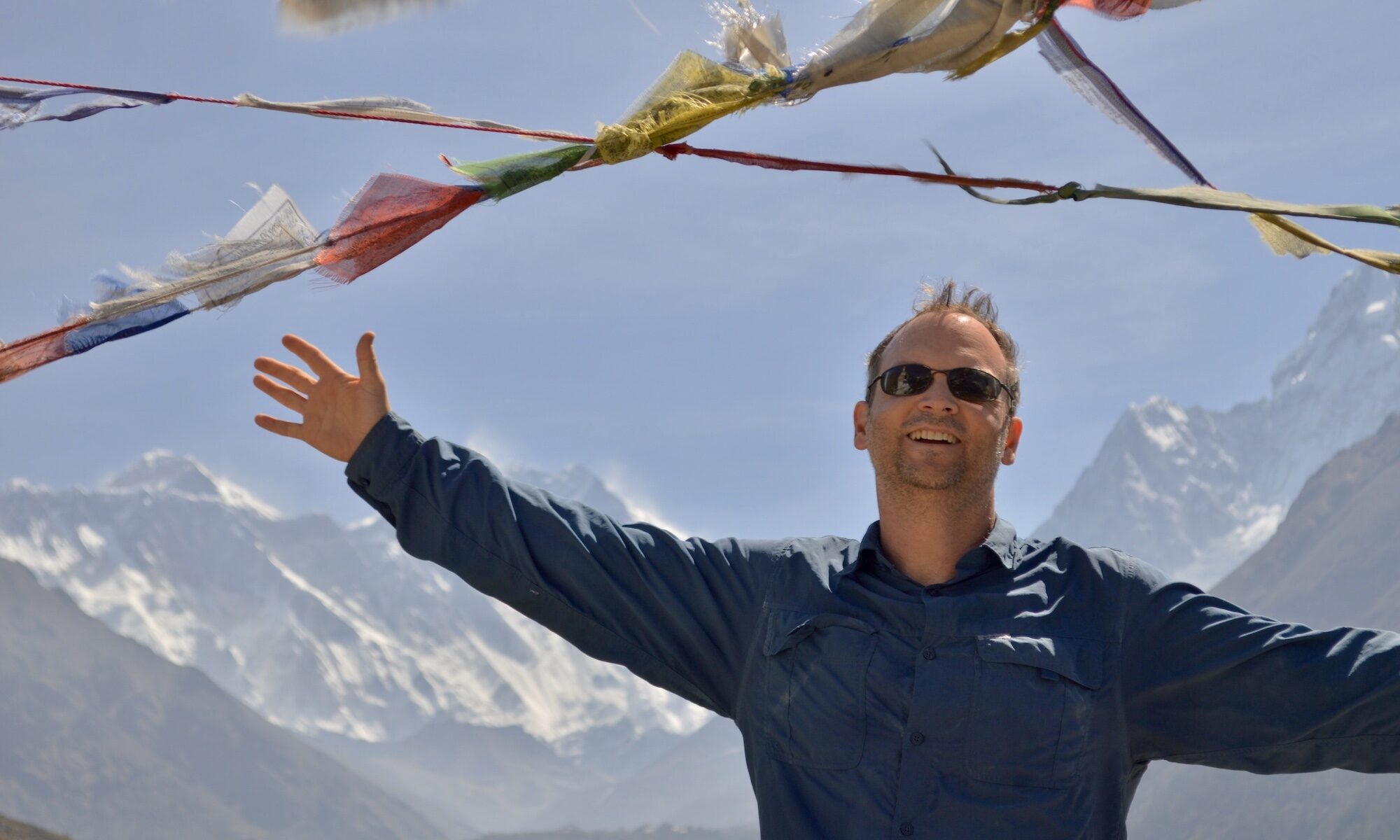I teach a wide variety of courses in Physics, Astronomy, and Environmental Studies. My goal is to create awesome learning experiences for all students. I admit, awesome is a pretty high bar, but with so many amazing things to discover, it would be an injustice to settle for an ordinary education. An extraordinary learning experience has a much better chance of transforming students’ lives, no matter where they come from or where they are going…
I use innovative approaches to help students become actively involved in their learning, including:

Workshop Physics: In these introductory calculus-based physics courses, lectures are replaced by hands-on guided activities so that students actually DO physics rather than merely hearing about it. At Austin College, Workshop Physics students learn 600% more than undergraduate students in traditional physics courses nationwide. Plus, it is a lot more fun!



Project-based Learning and Undergraduate Research: In many courses, students do the work of scientists and engineers. In “Atmospheric and Environmental Physics,” students test, calibrate, and install instrumentation at the Austin College Weather Station. They investigate their own scientific question on local weather and climate using data from the weather station. In our “Research Experience in Physics” courses, students work closely with a faculty member on authentic research. Most recently, my students have searched for exoplanets and developed new equipment for the Adams Observatory. They present their scientific results in oral or poster format.

Inquiry-based Learning: Students determine the content based on their own questions and interests. In the non-science major course “The Day After Tomorrow: Global Climate and Extreme Weather,” we watch the Hollywood blockbuster film The Day After Tomorrow. Students ask questions about weather and climate from the movie, and I design the course from their questions.

Science Portfolios: In non-science majors courses, we often substitute traditional cookie-cutter labs with Science Portfolios. Students decide their own topics. They make their own scientific observations, develop their own questions and hypotheses, and design their own experiments. Student recognition of science in every day life and confidence in their ability to do science increases significantly. They are doing science that is important to them.




Hiking to the summit of Eyjafjallajökull, an active volcano in Iceland; Handmade gift from the women’s weaver association of San Juan La Laguna in Guatemala; Arriving at Machu Picchu via the Inca Trail; Snorkeling with sea lions in the Galapagos.
Outdoor International Experiences: Our classroom is nature itself. With Dr. Michael Fairley (Communication Studies), I have led high-adventure January Term courses to remote places in Patagonia; New Zealand & Hawaii; Australia; Peru, Ecuador, and the Galapagos; Guatemala, Belize, and Mexico; Iceland; Nepal; and Tanzania. We explore scientific and cultural perspectives of nature, learning from the locals and broadening our view of the natural world. We also learn a lot about our own personal relationships with nature.
See the full list of courses that I have taught at Austin College.

